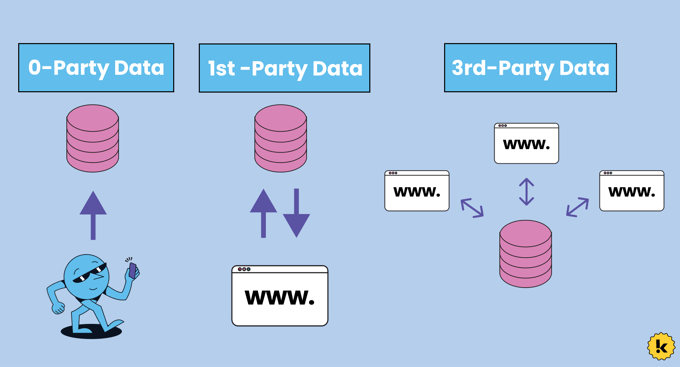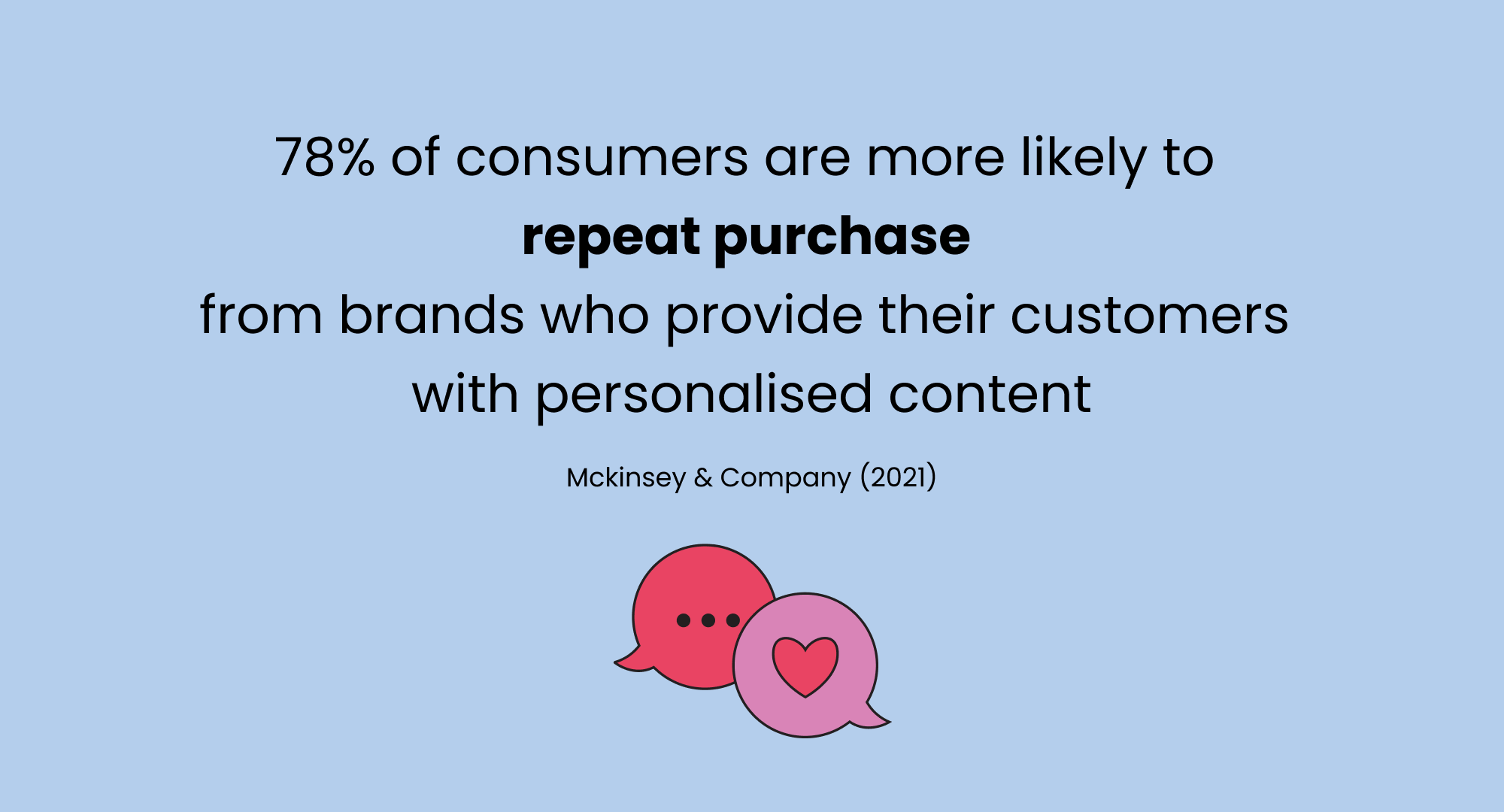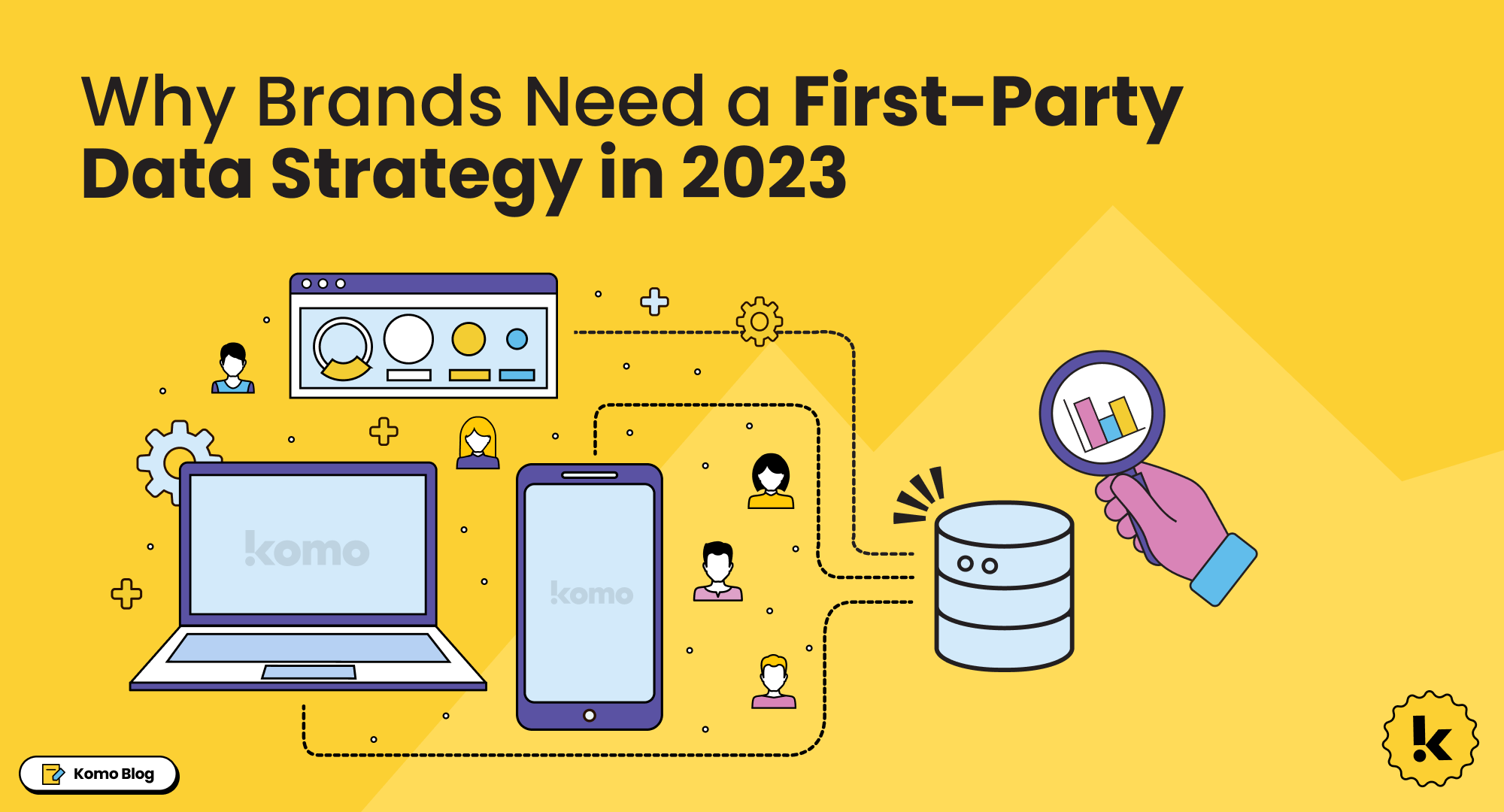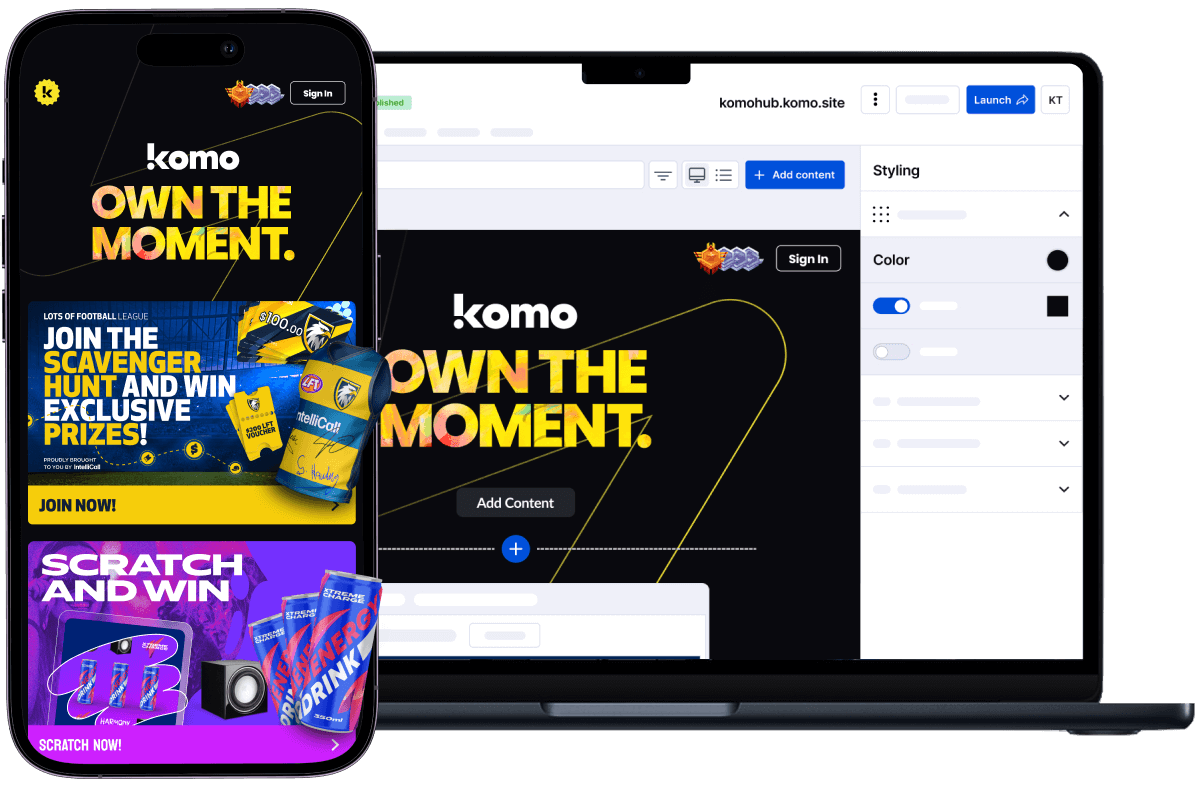Zero-party data has become a media and marketing buzzword across the first half of 2022. As Google continues to phase out their third-party cookies, this new form of data capture is becoming increasingly vital to the marketing success of all brands and organisations. So let’s talk about zero-party data; how to define it, how it differs from the data capture methods you’d be more familiar with and why you need to make it a part of your marketing strategy.
What is Zero-Party Data?
Zero-party data was first defined by Forrester Research and can be easily explained as data that users willingly and intentionally impart to your brand or business. The aim of providing this information is usually to improve the individual’s user experience, enabling them to be provided with content that is personalised to their needs and wants.
Where has Zero-Party Data Come From?
So you may be asking yourself, why has the need for a new form of data capture arisen? This is something we discussed in depth in our blog post on privacy-first marketing. Google is currently in the process of phasing out its use of third-party cookies in an effort to create more privacy for its users. This decision is linked to highly-relevant research by Cisco discussed in our last blog post, which revealed that 46% of consumers feel they can’t effectively protect their information online. These insightful statistics are one of the many reasons why zero-party data has seen such a positive trajectory in 2022 so far. Zero-party data has well and truly been a buzzword across the marketing and media landscape, with a lot of discussion on the part it will play in a cookie-less world.
The phasing out of the cookie was initially set for completion this year but has since been extended until the second half of 2024. This extra time gives all brands the opportunity to actively explore zero-party data collection and get it wrong, and wrong again, before they get it right and cookies are gone for good.
How does Zero-Party Data Differ from Other Data Collection?
Third-party data is likely a term you’re more familiar with, defined as information shared between domains, allowing advertisers to target consumers based on pages they’ve recently visited. Have you ever heard a friend or colleague talk about how they ‘feel like their phone is listening to them’? This is third-party data collection at work.
First-party data is also relatively new but has been around longer than zero-party data. This is information that can only be collected by the website a user visits.
As we learned earlier, first-party data is information willingly shared by a user. This information usually surrounds a customer’s purchasing behaviours and product preferences. Zero-party data’s main aim is to personalise the way marketers communicate with their audience and in turn, build trusting relationships where users know exactly how their data is being used.

Why do I Need to Use Zero-Party Data?
Zero-party data is far more than just a simple information-gathering tool. It provides a wealth of consumer insights, built from qualitative and accurate data that comes directly from your target audience. This data informs brands and organisations about how users want to be interacted with - from what content they want to see, what products they like to buy and what their purchase behaviours are. And because consumers have shared their data, they are expecting further communication, which is likely to increase engagement rates in re-marketing campaigns.
Compared with traditional forms of data collection, first-party data is extremely cost-effective. Instead of paying for the collection of third-party data from various (and sometimes incorrect) sources, data is gathered straight from the source, a.k.a the customer.
Most importantly, at least in our opinion, is the trust between brand and customer zero-party data is able to generate. Brands can rest assured that their data is an accurate representation of their target audience and is in line with the privacy concerns of the majority, and users can more effectively protect their personal information.
How does Komo Help me Gather & Use Zero-Party Data?
Using the Komo Platform, you can use any of our 50+ plug-and-play games and integrations, building in market research questions, data capture forms or even creating a game for the sole purpose of collecting zero-party data - all with no coding required. Use your own Engagement Hub and build it out with branded content in a matter of minutes. Watch your engagement grow alongside your customer list and knowledge base and personalise your marketing efforts to drive measurable business growth. Interested in learning more about how this works? Book a demo and let us show you how to build your marketing around a zero-party data strategy.





